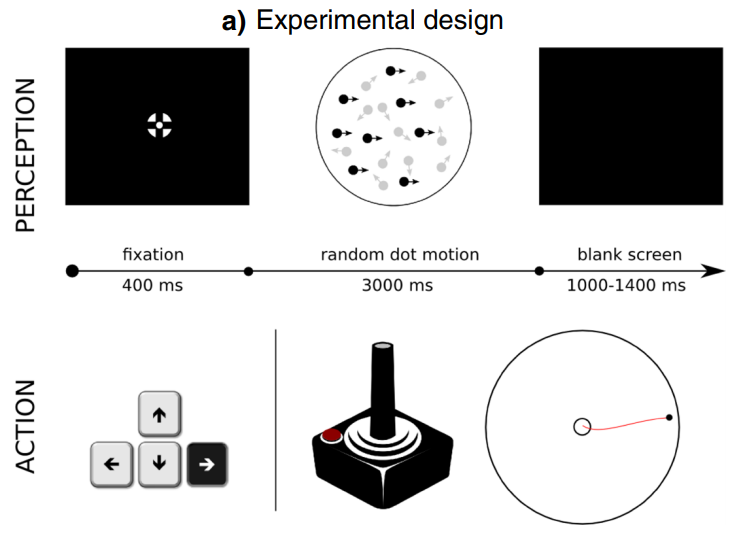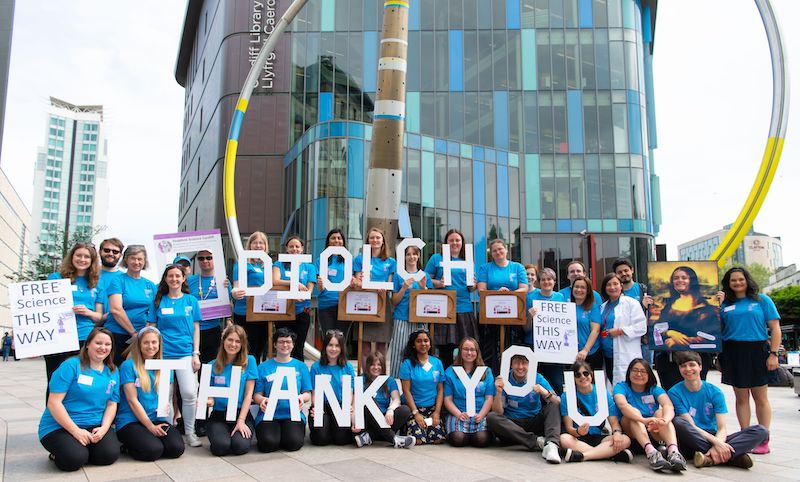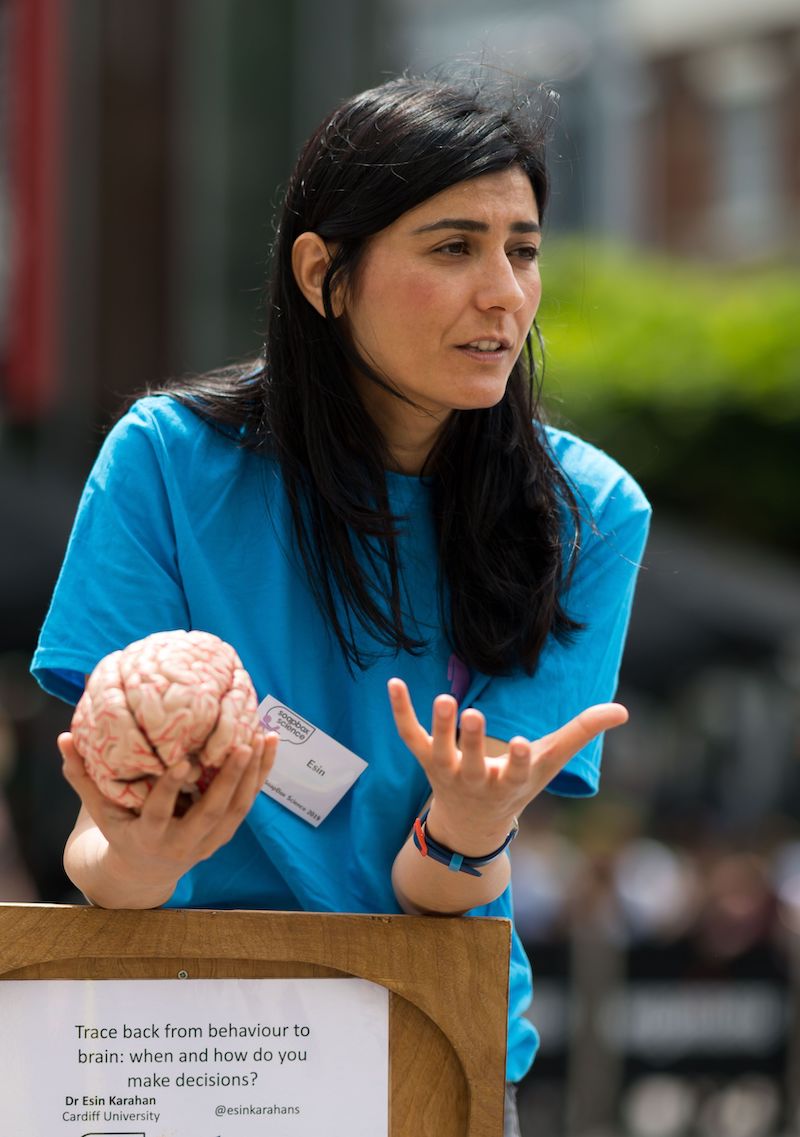This week we welcome Luke Tait to join us as a reserach associate. Luke will be working on the integration of multimodal imaging and computational modelling to understand cognitive processes.
New paper on Behavior Research Methods
A new paper by Maciej Szul and our collaborators is published on Behavior Research Methods. By comparing behavioural performance and cognitive model parameters, Maciej showed that joystick movements revealed comparable decision-making processes as conventional key presses in perceptual decision-making. The results pave the way for our further action-centric paradigms for decision making.
The paper is now available online.

Welcome Marinho Lopes
This week we welcome Marinho Lopes to join us. Marinho is affiliated with the University of Bristol. He is working on a GW4 collaborative project, in which we are developing recurrent analysis methods MEG/EEG data from patients with epilepsy.
OHBM 2019
Several lab members joined this years’ OHBM annual meeting in Rome. Esin and Wojciech organised a well-attended training course “The Missing Link: How to Combine Neuroimaging Data with Computational Models of Behavior”.
Soapbox Science in Cardiff

Do you receive questions from your friends and family what exactly you are doing in science? When you want to respond, do you have the temptation to use words “MR, MEG, computational models etc” which do not make much sense in daily life? Then, you may consider devising new ways to explain yourself without technical terminology.
Last week, Esin spoke on the Soapbox Science event in Cardiff City centre. Soapbox Science provides a platform for scientists to explain their research to the general public on streets (without computers!). Esin talked about her work titled “How and when do we make decisions? Trace back from behaviour and brain.” She met with people, young, old, as well as little ones, who are enthusiastic about the human brain. We have received many positive feedback, including volunteers interested in participating our ongoing experiments. Well done!

